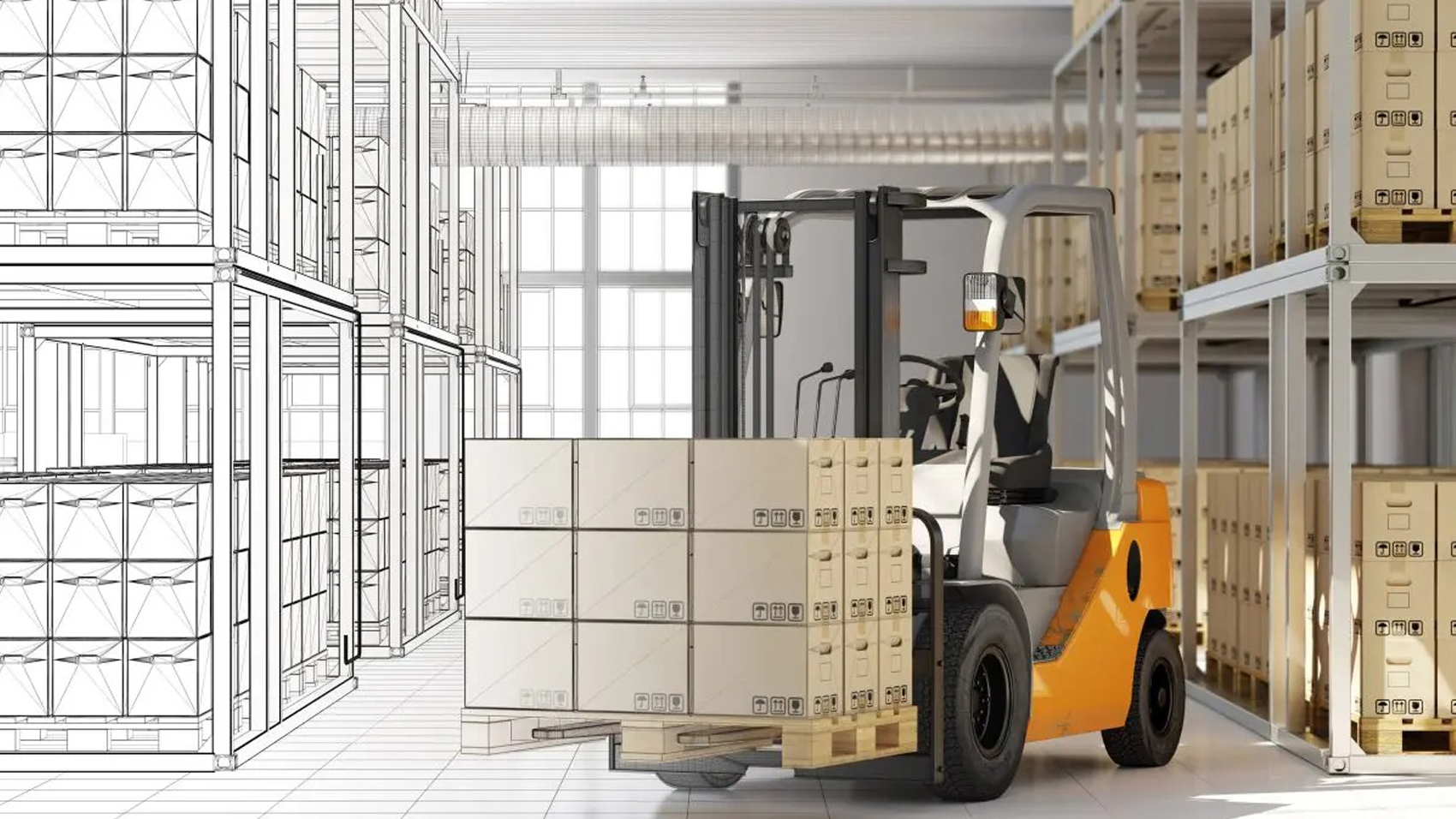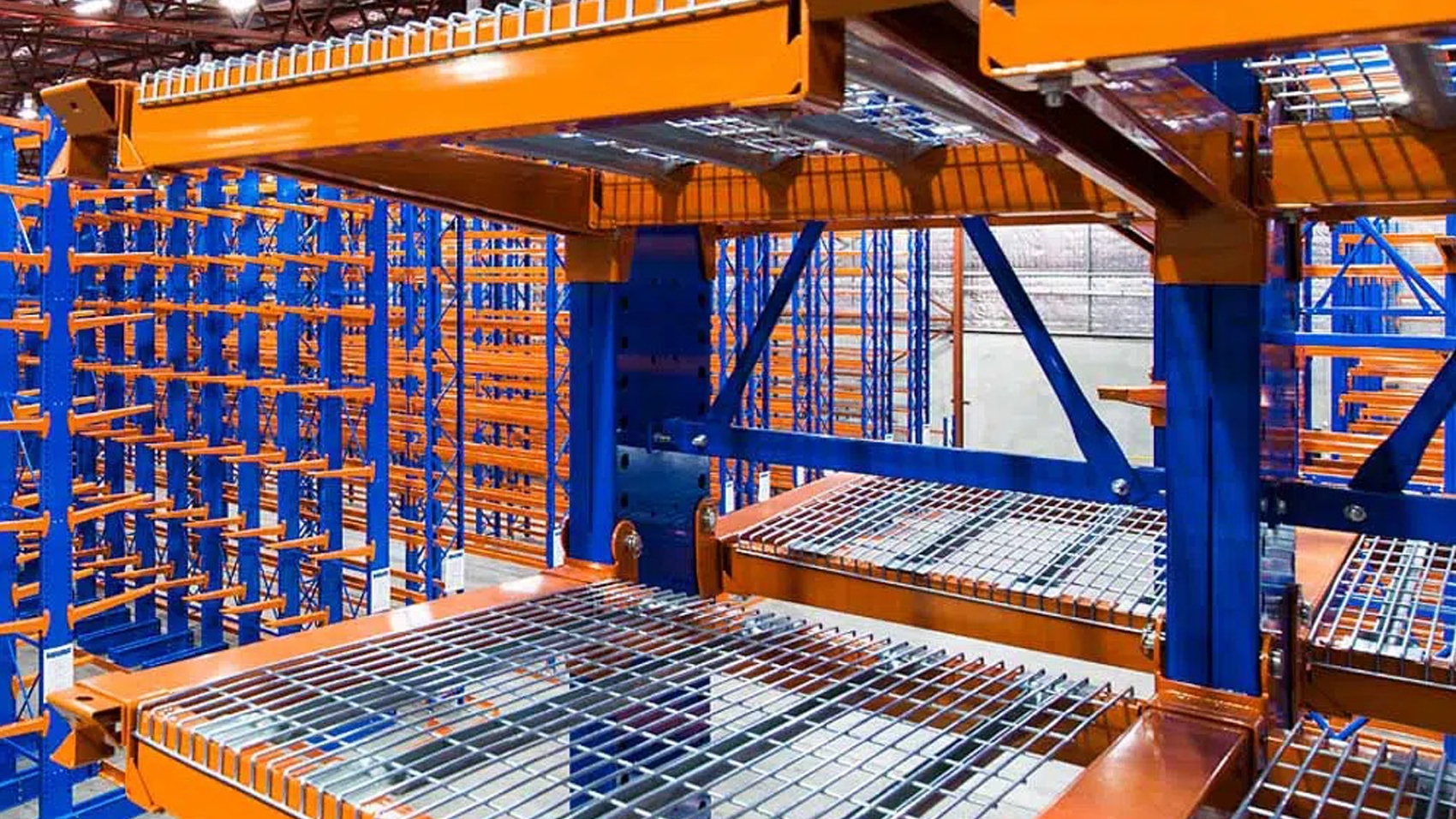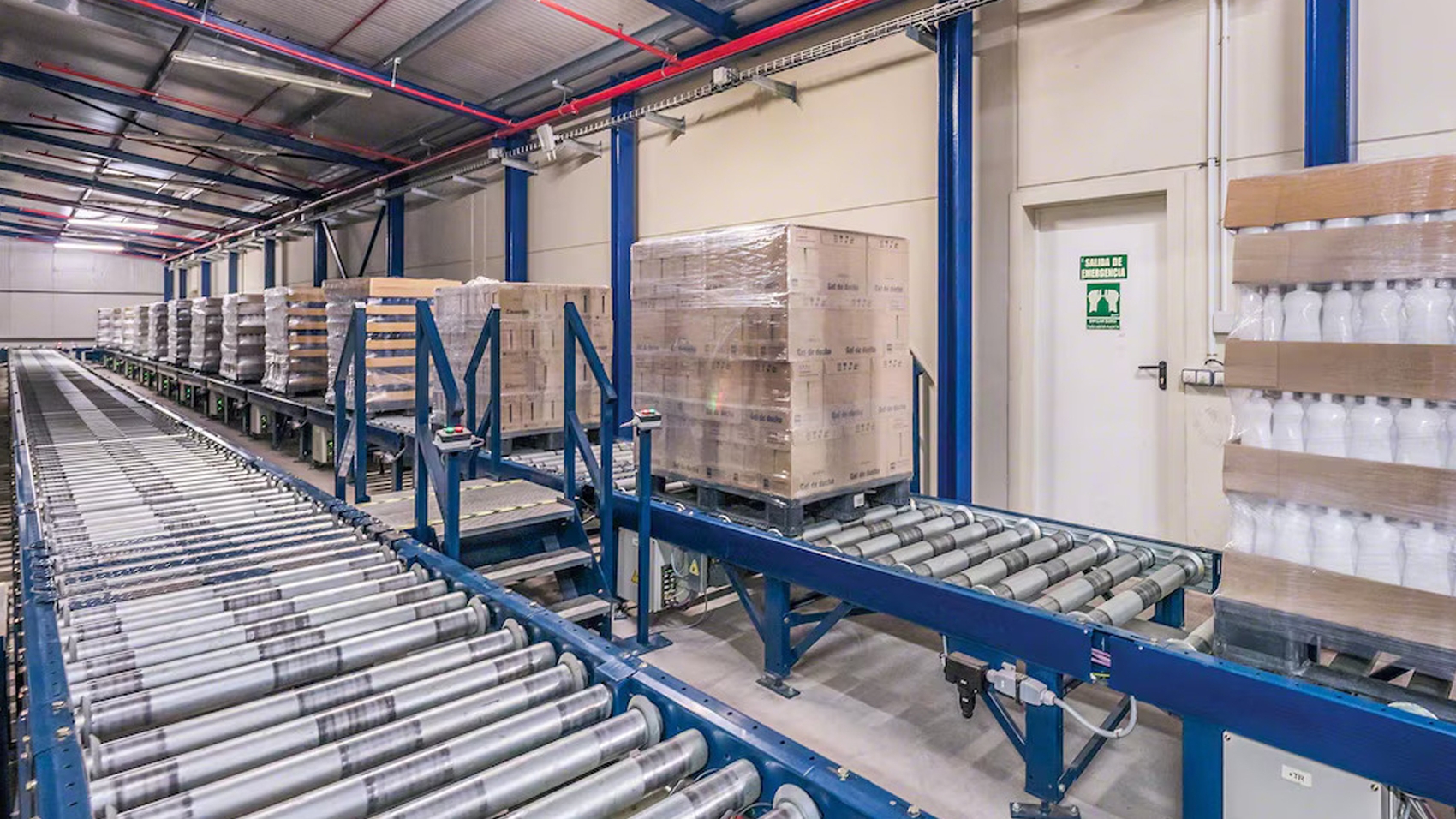What is a pallet rack?
An industrial shelving unit or an industrial storage shelf is what most people call a pallet rack before they know the industry term. A pallet rack is a rack made to hold pallets of some kind of product. Most manufacturers send their items through the mail in pallets, therefore, pallet racks are designed to hold them. However, pallet racks do not have to hold pallets, especially when you are using a selective rack. Why? A selective rack is the most similar to the regular shelving units or your food storage shelves you have in your closet or pantry right now. It allows you to put a product anywhere you want and in the order you want. All you have to do is pull the product from the shelf. If you are looking for a simple pallet rack system that you can get into your workplace and understand quickly then this standard selective pallet rack might be the way to go.
What makes a pallet rack the most standard version
A lot of the reasons mentioned above make the selective pallet rack the most commonly seen type of pallet rack almost anywhere. The fact that it is most like the storage system you have at home, albeit it is much larger, makes it attractive to many business owners. There may be other versions of the pallet racks that might fit the bill better but change is scary to many businesses and, sometimes, getting a system a person can understand trumps what is best for business. Therefore, the selective pallet rack is the most common type of pallet rack you will find in a warehouse.
Are these the teardrop style pallet racks that I keep hearing about?
How do I know that I could use another pallet rack version that would better suit my needs?
f you want help with your system then call us. You can also email us. You will find our contact info in the footer. We can help you through the permit and seismic calculation process all the way through.



